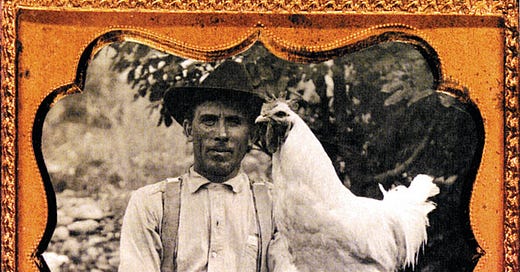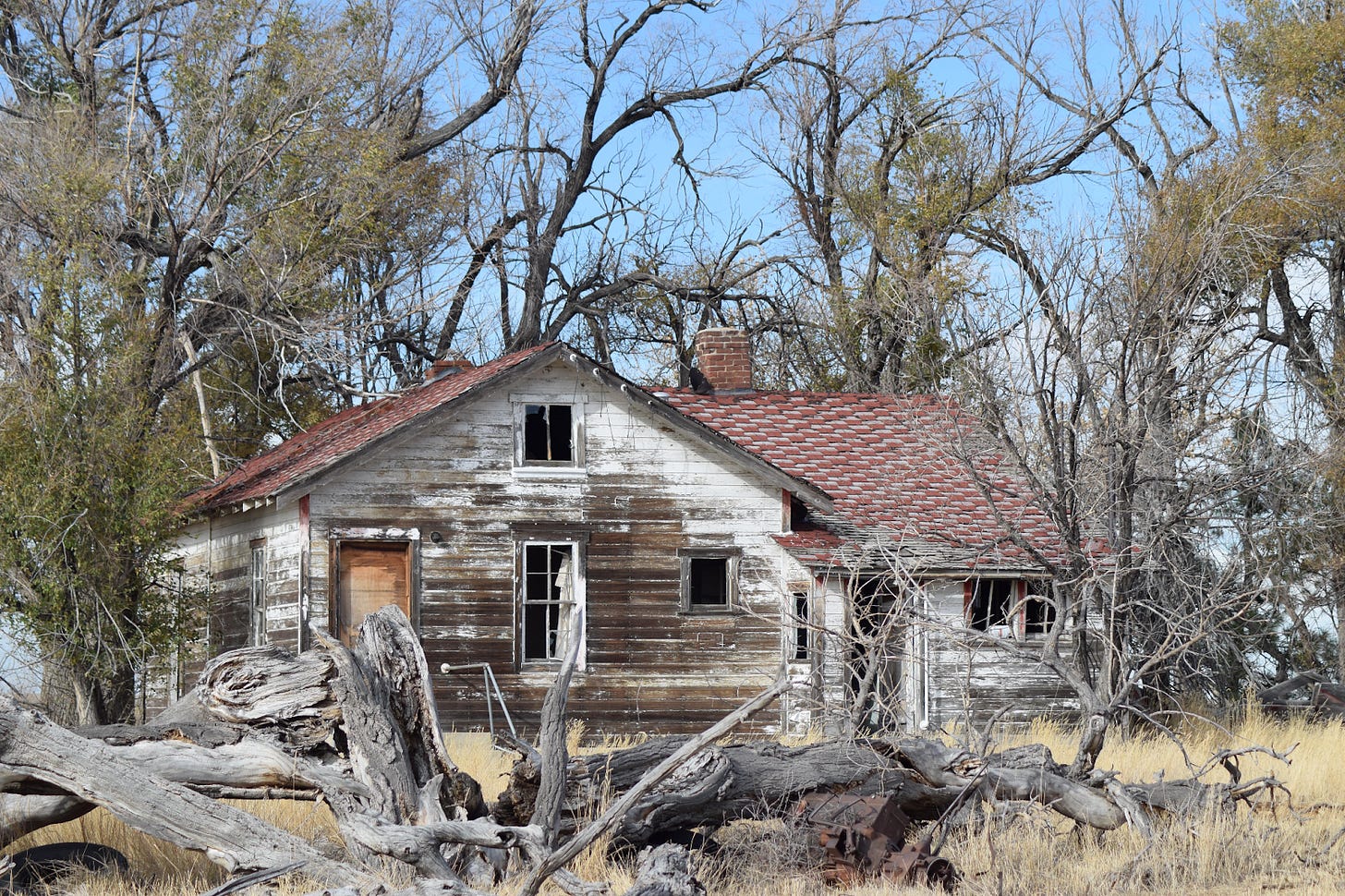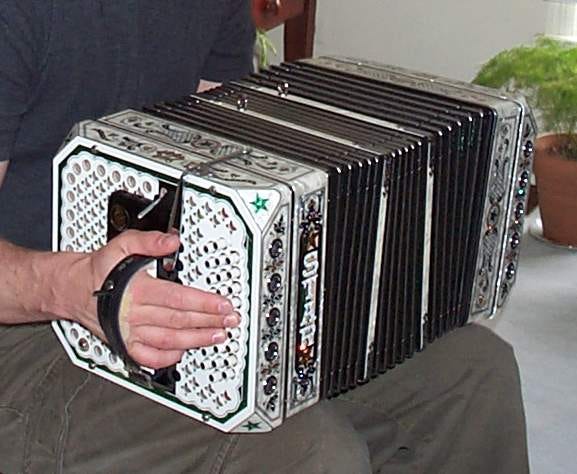Genre of the Day - Gothic Country
Album of the Day - Sackcloth ‘n’ Ashes by 16 Horsepower (1996)
You might be disappointed that most of the musicians of today’s genre don’t sport crisp white makeup with black cowboy garb and extravagant hats. If you’re a Denverite like me, you may also be surprised to find that today's genre is alternately referred to as the Denver sound for how many gothic country sounds gathered here in the ‘90s. I just finished my summer internship at a non-profit that frequently puts on cultural events as a component of its work, and part of my job was researching and organizing lists of musicians in the Denver local area, and I was genuinely taken aback at the breadth of artistry just around me. Though I’m incredibly grateful that streaming gives me the power to listen to music from any corner of the globe, a power I’ve certainly used and abused on this column, perhaps I’ve been neglecting my backyard. Even though it seems I missed our sound by a couple decades.
It also strikes me as strange that gothic country, often influenced by Southern gothic novels, originated in a distinctly Western city. Having lived here for most of my life, Denver does not particularly feel like a city that is gothic or country, though there’s twinges of both in the old Victorians and early ranching history, or the famously haunted Brown Palace hotel and the beautiful Cheesman Park built over a cemetery. Denver has always been a key waystop in the heart of the US as the ‘Queen City of the Plains,’ though, so a variety of national influences converge here. That being said, I’d still like to see more goths on the street.
Gothic country emerged as a scene in the early ‘90s when a few local alt-country bands like Slim Cessna's Auto Club, 16 Horsepower, and Munly J. Munley began gravitating towards morbid, ominous themes reminiscent of Southern gothic novels’ themes. Like the literary movement, its lyrics focused on exploring the underbelly of rural life. Its vignettes of the decay, all-consuming religion, and the weight of history that sits in derelict houses and rustles through the trees of rural America stands in stark contrast to the wistfulness of most country and Americana. Gothic country prods us to also consider those morose factors overhanging country life. Matching those visions of antique country grimness and reality, its sound harkens back to traditionalist country instrumentation in banjos, accordions, and mandolins. The central node of the scene was at Absinthe Studios, where producer Bob Ferbrache gathered emerging gothic country talents and constructed the sonic architecture around their lyrical ideas. Like its more visually stark British cousin gothic rock, particular atmospheres and timbres shade the darkness of gothic country in the preachers’-cry strength of the vocalists and the melancholic tones of the instrumentation.
Gothic country peaked in Denver in the 2000s as its bands became internationally recognized for their striking, somber interpretations of Americana. Echoes of its sensibilities have reverberated in the last few years, though, most visibly in the rise of Ethel Cain, whose thematically similar approaches to religious trauma and rural decay with a rock and dream-pop orientation have made her an ascendant star.
16 Horsepower, fronted by David Eugene Edwards who’s led multiple gothic country bands, explores gothic country with a funerary tone and God-fearing intensity. Edwards has an unorthodox approach to his Christianity; he considers the “glory of the Lord [to be] his humility and subjection to what we make him out to be” and describes his songwriting process as being inspired by words that strike him in prayer. These songs summon musical brimstone in their religious intensity, a far cry from “A Coat of Many Colors.” Commencing with “I Seen What I Saw,” his twangy, grand voice and rambling, atmospheric guitars paint the picture of sixteen horses pulling a casket to a graveyard in reference to an old folk tune. Sonically, the banjo and hall-filling vocals under the stern declarations about sin on “Black Soul Choir” read like the witchy blues of Fleetwood Mac, and the unique minor-key chords throughout stand in sharp contrast to most country strains. Gloomy, dramatic foreboding bass and Chemnitzer concertina—an ornate, antique accordion—warn of the inevitable fate of the narrative’s dead man walking. “Red Neck Reel” is a rare moment of levity, a bright, banjo-twiddling hollerer amidst the Gospels of the Ghastly. These compositions are thoughtful, unflinchingly ominous perspectives that flips the paradigm of country and American religious life on their heads, like an x-ray into the country soil, showing all the bones and the crosses that once decorated them.








The term sounded like an oxymoron to me, but after playing some of the clips, I kinda get it. I wonder how the original Goths would have liked this kind of music!
Truly one of the most impressive genre mixes for me!